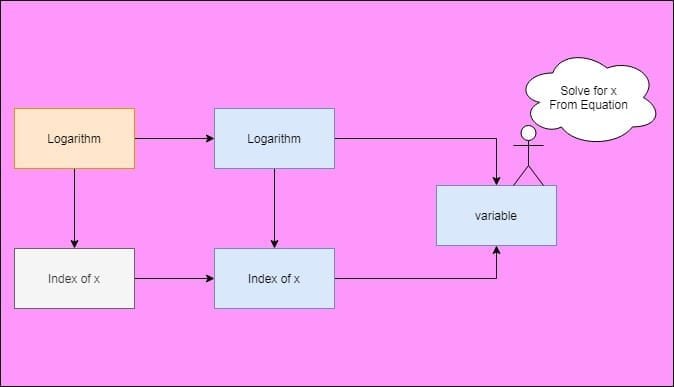The problem is based upon logarithm in which we find the value of an unknown quantity in an equation. And understanding whether the root or (value of x) is real or not and if yes, then how many real roots exist.
The equation \(\log_3 x-\log_x 3 =2\) has
(A) no real solution
(B) exactly one real solution
(C) exactly two real solution
(D) infinitely many real solution.
ISI entrance B. Stat. (Hons.) 2003 problem 2
Logarithm
6 out of 10
challenges and thrills of pre college mathematics

we know when logarithm base and value are interchanged then the whole quantity is equal to the reciprocal of the previous logarithm.
i.e. \( \log_3 x\) = \(\frac{1}{log_x 3}\)
Now we can assume the value of \( \log_3 x\) is \(a\) and the equation will reduce to \(a^2 -1/a=2\) , or \(a^2-2a-1=0\).
An now we can apply Sridharacharya's formula to find the valise(s) of x.
After solving we will get two values of a and they are
\(1\pm \sqrt{2}\)
And now these values will be equal to a or \( \log_3 x\) , And from here we will get two values of x which are real.
So option (C) is the correct option.